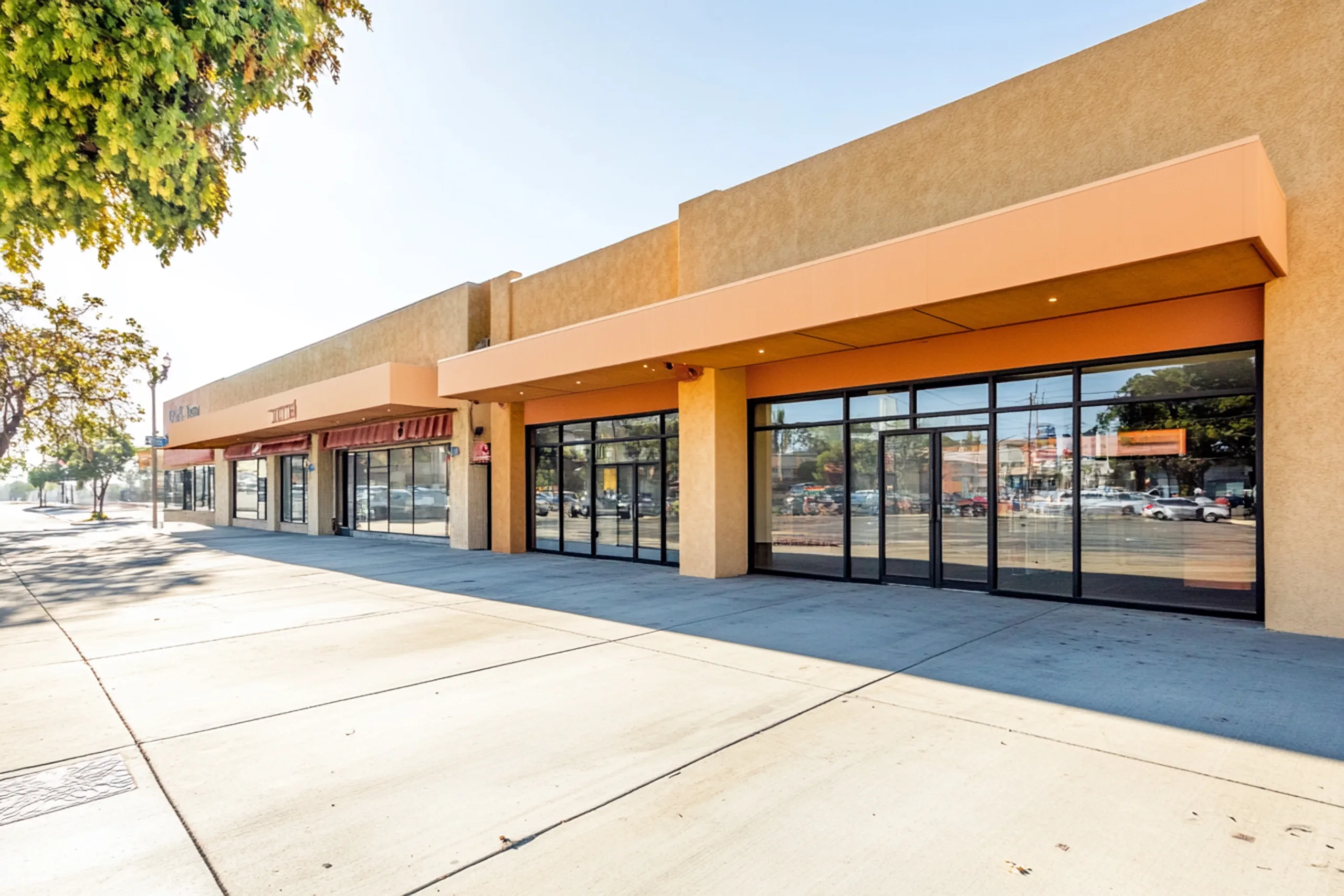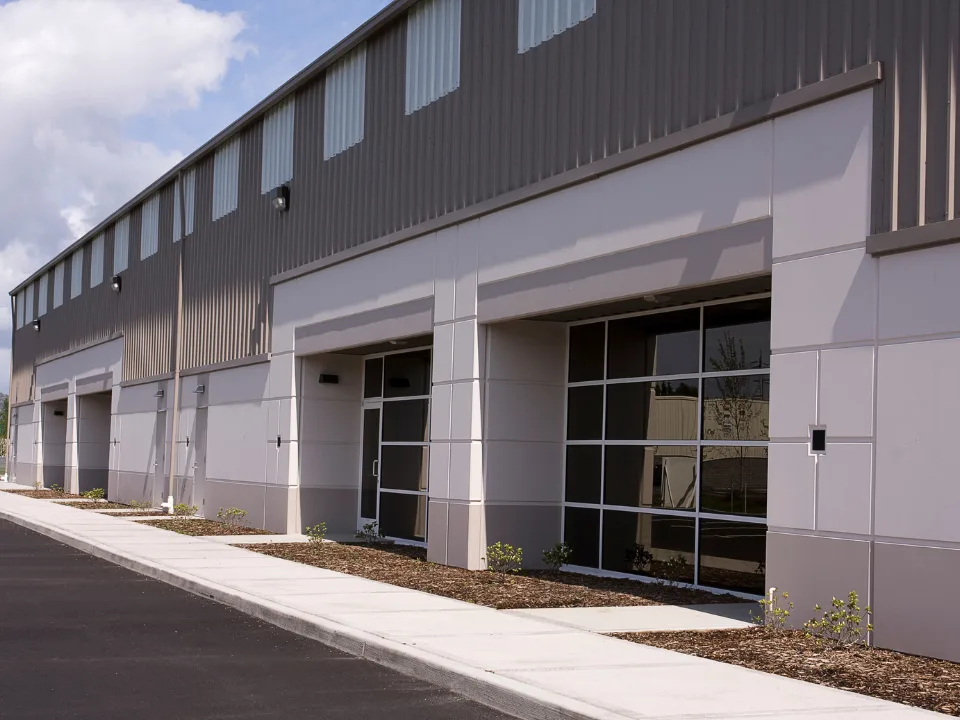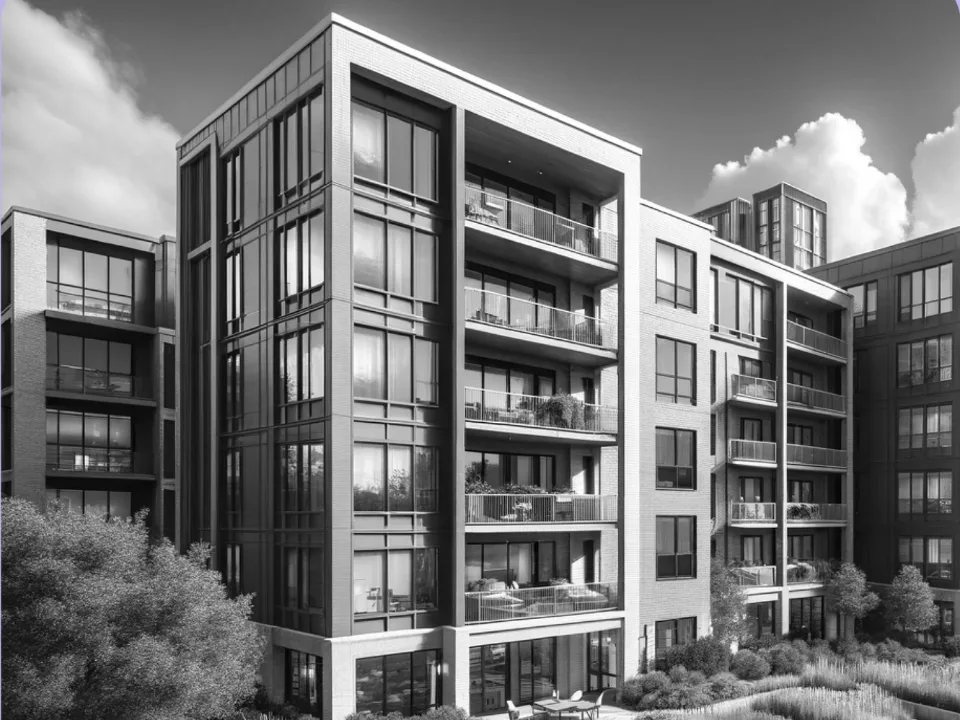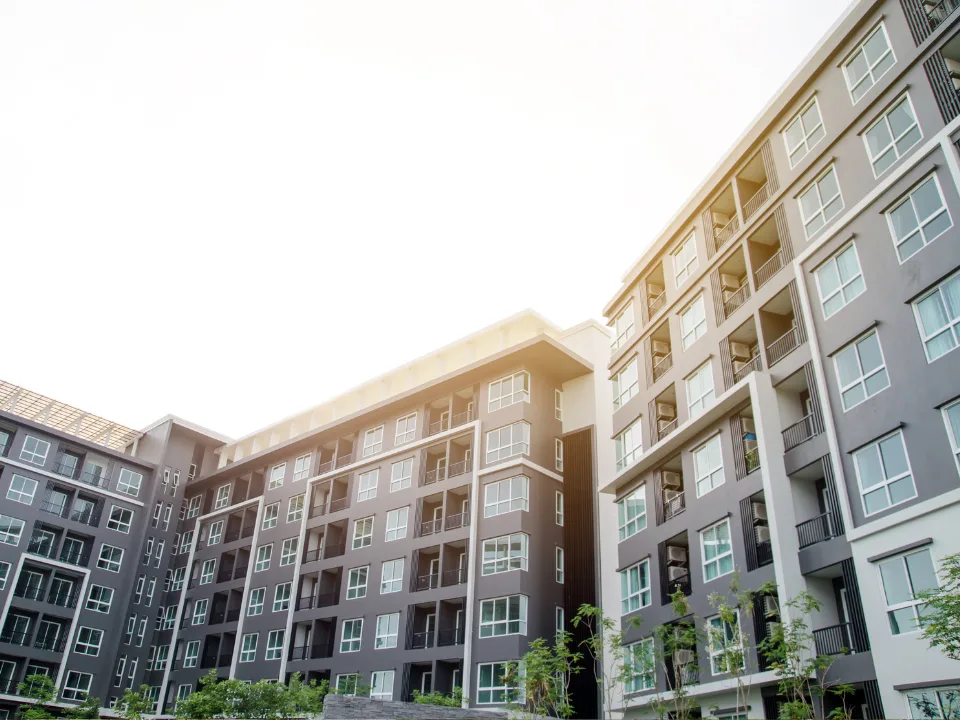- The retail sector posted its first quarter of negative net absorption since 2020, amid lagging demand and a slowdown in physical store sales.
- Unanchored strip centers remain resilient, thanks to strong performance from personal and health product vendors, which saw 7.7% year-over-year sales growth.
- Industrial space demand continues to benefit from online sales growth, with net absorption expected to exceed 100M SF in 2025.
Retail Slowdown Marks A Shift
Retail fundamentals have taken a hit in early 2025, reports GlobeSt. According to Marcus & Millichap, the sector saw negative net absorption for the first time in five years. Retailers are announcing more closures than openings, reflecting a pullback in expansion plans as in-store consumer spending growth moderates.
Bright Spots Remain
Despite the pullback, well-located retail properties may still benefit from backfill opportunities. Personal and health-focused retailers — including drugstores, beauty suppliers, and eyewear vendors — continue to outperform. These categories saw a 7.7% rise in year-over-year sales, a trend that has helped support strip centers, which reported a low 4.8% vacancy rate in March.
Get Smarter about what matters in CRE
Stay ahead of trends in commercial real estate with CRE Daily – the free newsletter delivering everything you need to start your day in just 5-minutes
Industrial Stays Strong On E-commerce Tailwinds
In contrast, the industrial sector continues to ride the momentum of e-commerce, with online retail sales up 8.8% year-over-year in May. Digital shopping accounted for 22.1% of total core retail sales in April, slightly below pandemic-era highs but still a significant share. Marcus & Millichap projects that net absorption in the industrial space will surpass 100M SF this year, even as vacancy rises due to new deliveries.
What It Means
While retail faces headwinds, especially in non-essential categories, certain segments like health and personal care remain in growth mode. Meanwhile, the continued strength of e-commerce is driving sustained demand for industrial logistics space, helping to offset the softening in traditional retail real estate.
What’s Next
With consumer habits evolving, real estate strategies are likely to tilt further toward omnichannel and logistics-focused models. Expect developers and investors to target high-performing retail subtypes and well-located industrial assets amid this shift.

















